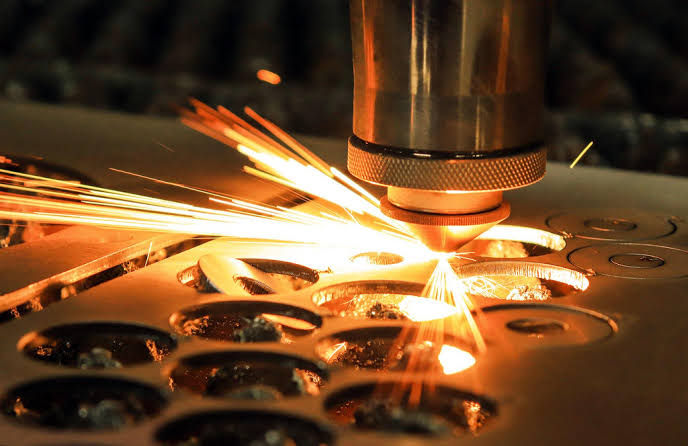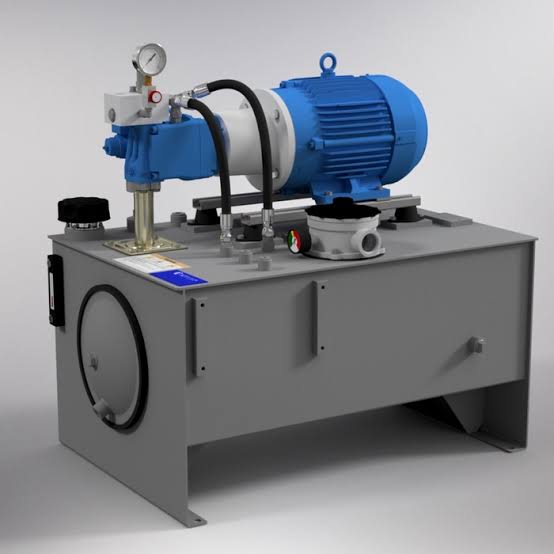The automotive industry has seen a significant shift towards producing safer vehicles over the years. With advancements in technology and stricter safety regulations, car manufacturers are constantly looking for ways to improve the safety features of their vehicles. One area that has gained considerable attention is making cars flame-resistant.
What is Flame Resistance?
Flame resistance refers to the ability of a material to resist catching on fire or slowing down the spread of fire. In the case of cars, it means that the vehicle’s body panels and other components can withstand high temperatures without catching fire or melting.
Why is Flame Resistance Important?
Car fires are not as common as other types of accidents, but they can have catastrophic consequences. According to Statista, there were approximately 174,000 car fires reported in the United States in 2021 alone. These fires resulted in more than 600 deaths.
The main cause of car fires is an electrical malfunction, which can quickly spread to other flammable materials within the vehicle. This can lead to a rapid and uncontrollable fire that puts the occupants’ lives in danger. Having a flame-resistant car can significantly reduce the risk of this happening.
How are Cars Made Flame-Resistant?
One of the first steps in making a car flame-resistant is using fire-retardant materials. These include special coatings, fabrics, and foams that can withstand high temperatures without catching fire or releasing toxic fumes.
Another method is to use nonwoven fabric as a heat shield. Nonwoven fabric is made by bonding fibers together without weaving or knitting, resulting in a porous and breathable material. This type of fabric can be used as an insulation layer between the car’s body panels and its interior components, providing additional protection against fire.
Additionally, car manufacturers are incorporating advanced technologies such as fire suppression systems and automatic shut-off valves to prevent fires from spreading. These systems detect smoke or high temperatures and release fire-retardant chemicals to suppress the fire.
The Impact of Flame-Resistant Cars on the Auto Industry
The shift towards producing flame-resistant cars has had a significant impact on the auto industry. It has not only made vehicles safer for consumers, but it has also pushed car manufacturers to constantly innovate and improve their safety features.
Moreover, with more stringent safety regulations being implemented globally, flame resistance has become a crucial factor in the design and production of cars. This has led to increased investment in research and development for better fire-resistant materials and technologies.
Why Should Consumers Care?
Apart from the obvious safety benefits, consumers should be aware of the flame resistance of their vehicles for other reasons as well. It can affect a car’s resale value and insurance premiums. A car that is known to have good fire-resistant features may have a higher resale value and lower insurance premiums compared to one with poor fire resistance.
Furthermore, in case of an accident, a car with better flame resistance can give occupants more time to safely evacuate before the fire spreads. This is especially important in cases of electric or hybrid cars, which have a higher risk of battery fires.
Conclusion
Flame-resistant cars are changing the game in the auto industry by making vehicles safer for consumers and pushing manufacturers to constantly improve safety features. With advancements in technology and stricter safety regulations, we can expect to see even more innovations in flame-resistant cars in the future.
As consumers, it’s important to be aware of these advancements and prioritize vehicles with good fire resistance for our safety and peace of mind. So, it’s clear that flame resistance is not just a trend but a crucial factor that will continue to shape the auto industry for years to come.
















